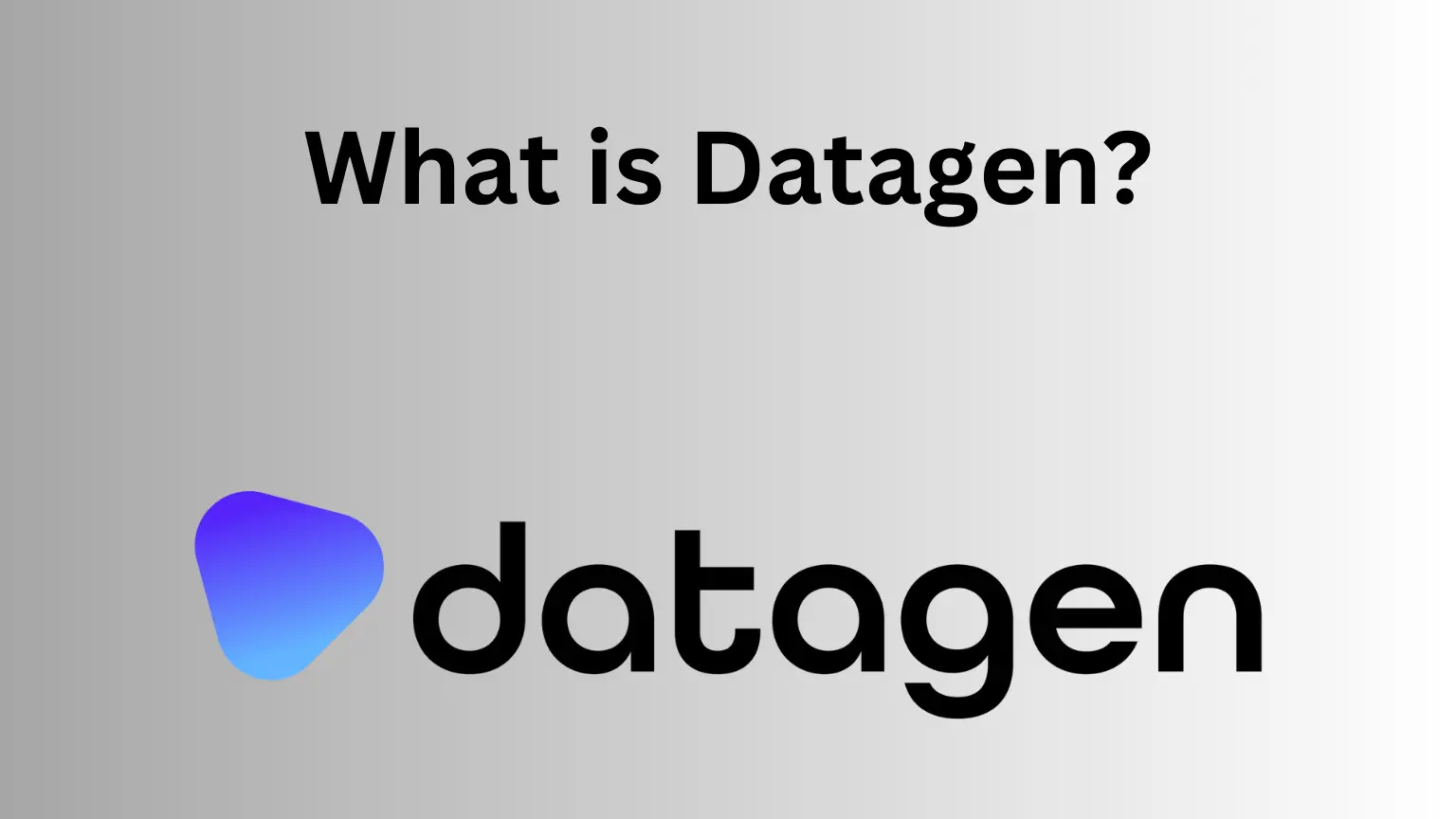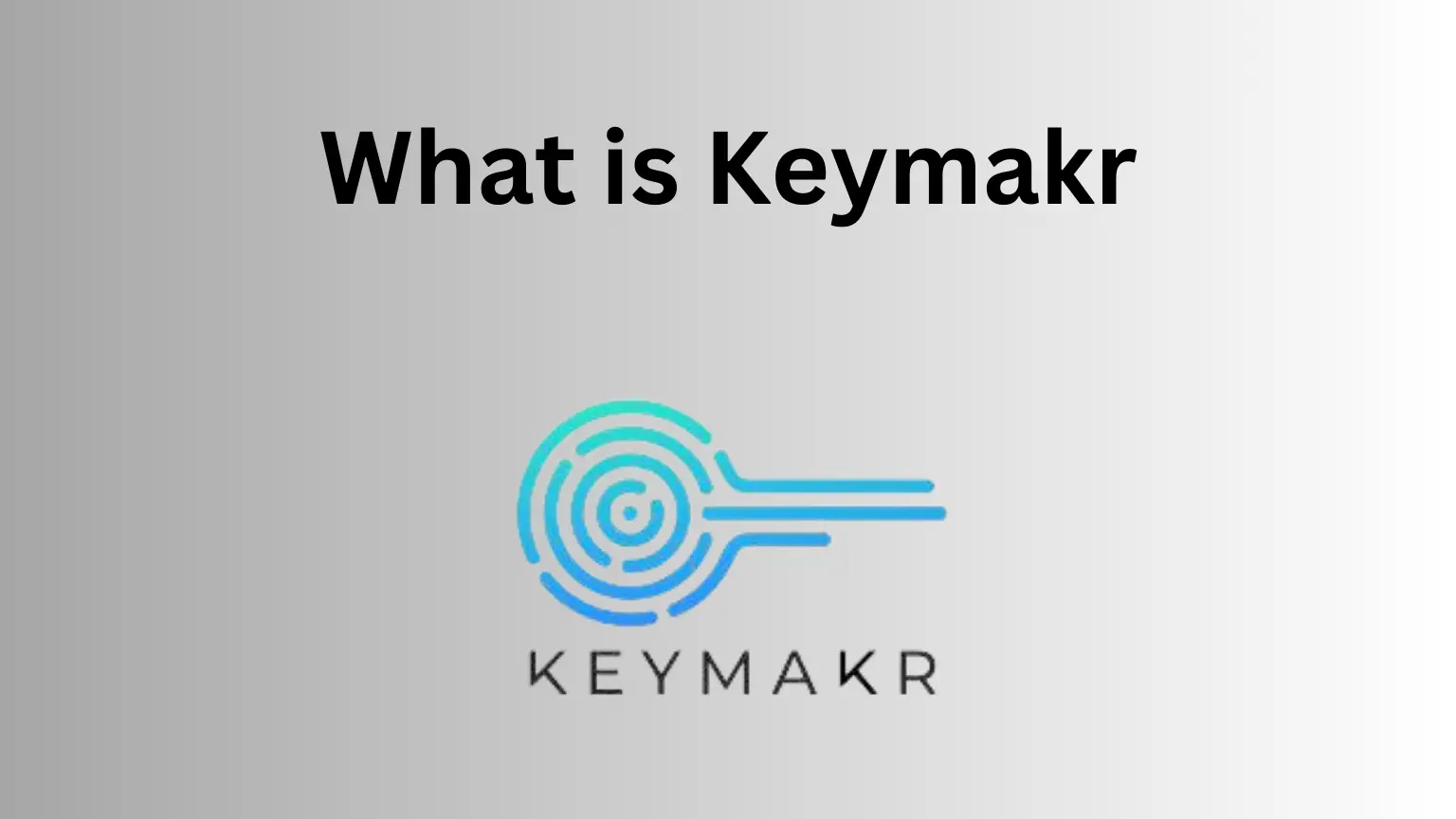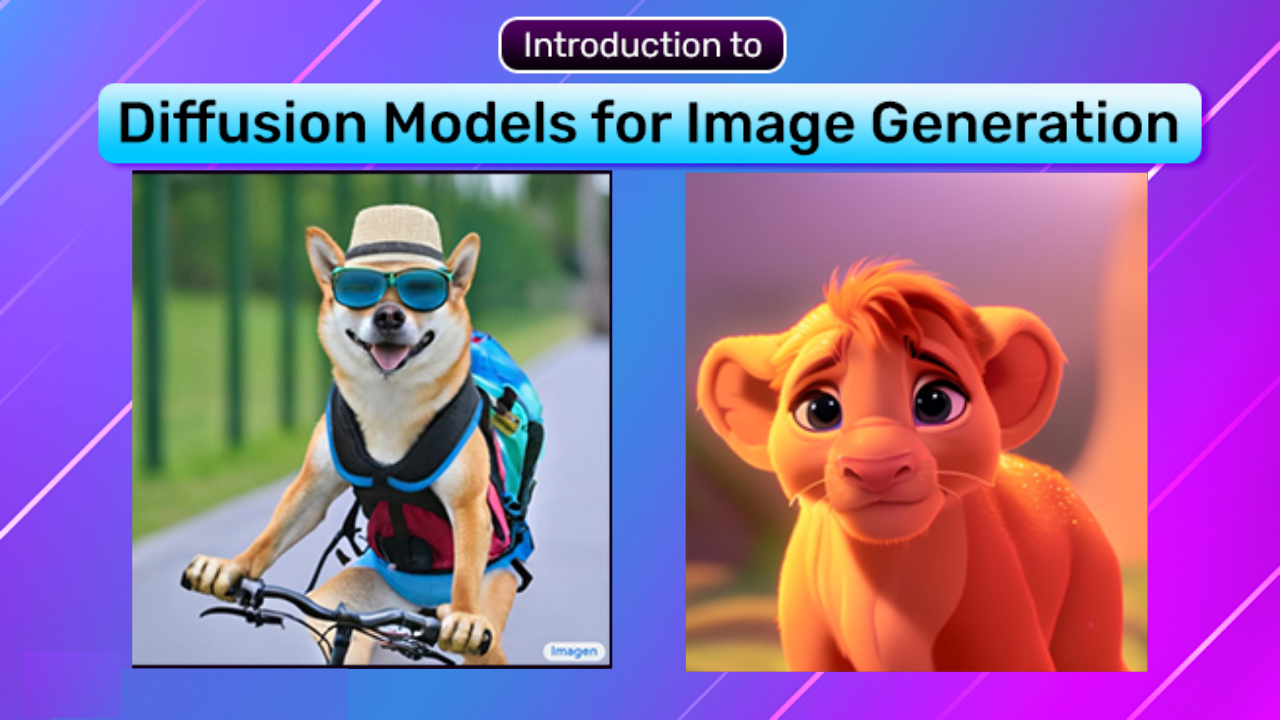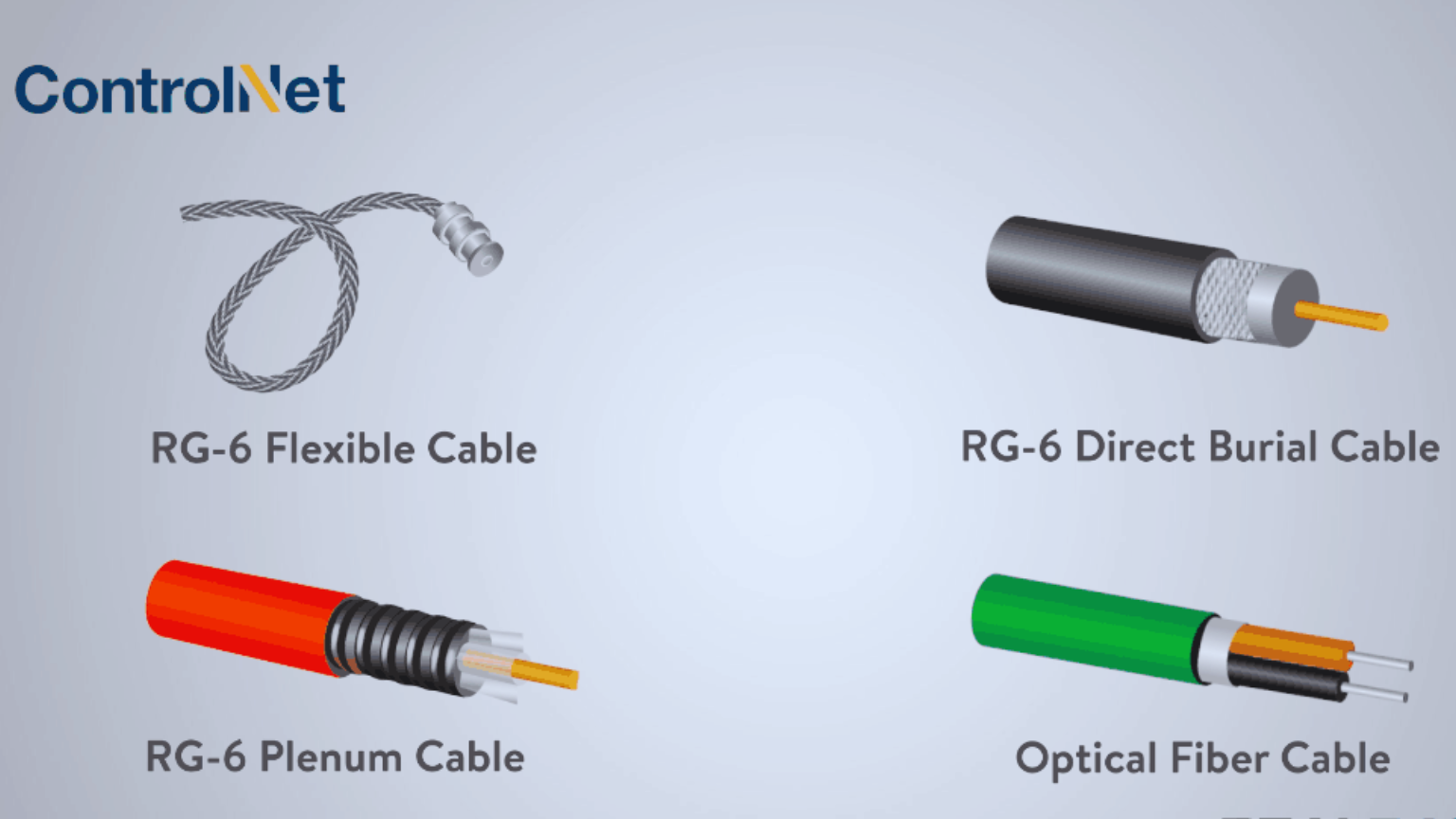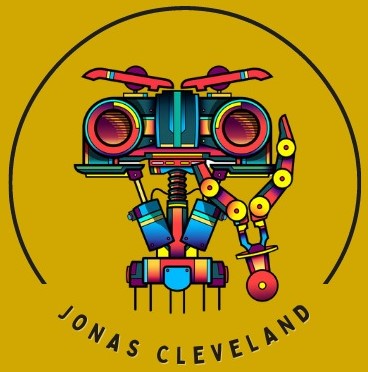In recent years, artificial intelligence has made significant strides in the field of image generation. One of the most impressive examples of this is the DALL-E system, created by OpenAI. This system generates original synthetic images corresponding to an input text as a caption. In this article, we will explore the capabilities of DALL-E image generator and its potential applications.
Data Warehouse vs Data Mart: A Detailed Comparison
DALL-E Image Generator
DALL-E is a revolutionary AI technology that generates images from text captions. It is a project by OpenAI, which aims to create a 12 billion parameters version of GPT-3 and a dataset comprised of 3.3 million text-image pairs. The project is a significant breakthrough in the field of AI, as it can generate high-quality images from text captions.
How DALL-E Works
DALL-E works by using a transformer to model text and image tokens as a single stream of data. The model uses two stages of training to handle the memory issue caused by using pixels as image tokens. The first stage of training involves training the model to generate text descriptions of images. The second stage of training involves training the model to generate images from text descriptions.
The model uses a pre-trained contrastive model called CLIP to rank DALL-E’s generated images. The input to CLIP is an image and a caption, and the output is a score. The more images CLIP ranks, the better the quality of the best image.
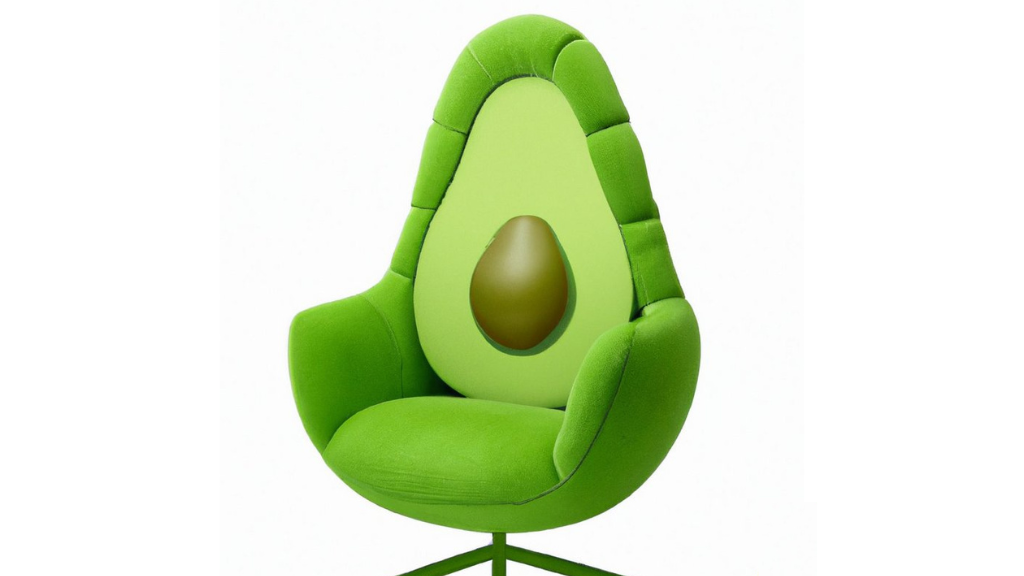
Features of DALL-E Image Generator
DALL-E has several features that make it a revolutionary AI technology. One of its most significant features is its ability to generate high-quality images from text captions. The images generated by DALL-E are highly detailed and realistic, making them suitable for use in various applications. Another feature of DALL-E is its ability to combine unrelated concepts.
The model can generate images that combine two or more unrelated concepts, creating unique and creative images. This feature makes DALL-E an excellent tool for artists and designers who want to create unique and creative images.
Visual Studio Code vs Visual Studio
Applications of DALL-E Image Generator
DALL-E has several applications in various fields. One of its most significant applications is in the field of art and design. Artists and designers can use DALL-E to generate unique and creative images for their projects. The model can generate images that combine unrelated concepts, allowing artists and designers to create images that are not possible with traditional image generation techniques.
DALL-E also has applications in the field of e-commerce. Online retailers can use DALL-E to generate images of products that do not exist yet. For example, a retailer can use DALL-E to generate images of a new product that is still in the design phase. This can help retailers save time and money by generating images of products before they are physically produced.
DALL-E can also be used in the field of education. Teachers can use DALL-E to generate images that help students understand complex concepts. For example, a teacher can use DALL-E to generate images that illustrate the structure of a molecule or the process of photosynthesis.
Training DALL-E
Training DALL-E is a challenging task due to the large amount of data and the size of the model. The model has 12 billion parameters, which is more than ten times the size of GPT-3. To train the model, OpenAI used a distributed training approach, which involved training the model on multiple GPUs and TPUs. The training data for DALL-E consists of 3.3 million text-image pairs. The images were sourced from the internet and are licensed under Creative Commons. The text descriptions were generated using a combination of human and machine-generated descriptions.
Results of DALL-E
OpenAI has released several examples of images generated by DALL-E, which demonstrate the model’s capabilities. The images generated by DALL-E are highly detailed and realistic, and they can combine multiple concepts to create unique and creative images. One of the most impressive examples of DALL-E’s capabilities is an image of a snail made out of a stack of staplers. The image demonstrates the model’s ability to combine unrelated concepts to create a unique and creative image.
Limitations of DALL-E
While DALL-E is a significant breakthrough in the field of AI, it has some limitations. One of the main limitations of DALL-E is its reliance on text descriptions. The model can only generate images based on the text descriptions it receives, which means that it cannot generate images that are not described in the text. Another limitation of DALL-E is its computational requirements. The model has 12 billion parameters, which makes it computationally expensive to train and run. This means that DALL-E is not accessible to everyone, and it may be limited to large organizations with access to high-performance computing resources.
Future of DALL-E
The future of DALL-E is promising, and we can expect to see more innovative uses of the technology in various fields. OpenAI has already released several examples of images generated by DALL-E, which demonstrate the model’s capabilities. As the technology continues to evolve, we can expect to see more advanced versions of DALL-E that can generate even more realistic and detailed images.
Understanding DALL-E 2
In a continually evolving AI landscape, it’s reasonable to anticipate advancements and improvements. That leads us to the question, “How to use dall-e 2?”
As of now, OpenAI has not announced a “DALL-E 2.” It’s essential to rely on official OpenAI sources for information on any potential updates. Online news and Twitter are the ideal sources to learn about new versions of DALL-E.
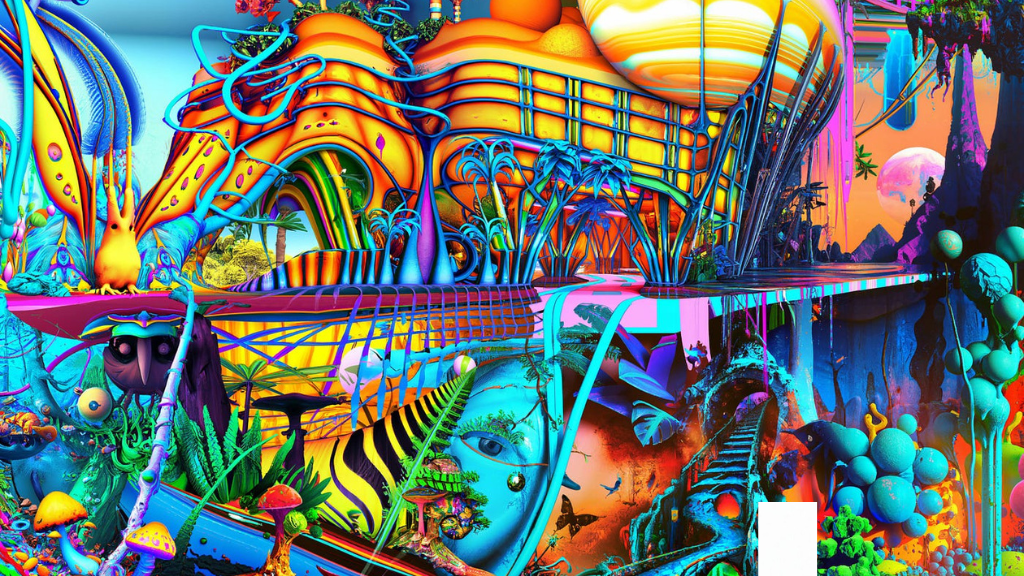
Conclusion
DALL-E is a revolutionary AI technology that generates images from text captions. DALL-E has several features that make it a revolutionary AI technology. It can generate high-quality images from text captions, combine unrelated concepts, and has applications in various fields such as art and design, e-commerce, and education.
In conclusion, DALL-E is a significant breakthrough in the field of AI, and its potential applications are vast. As the technology continues to evolve, we can expect to see more innovative uses of DALL-E in various fields.


